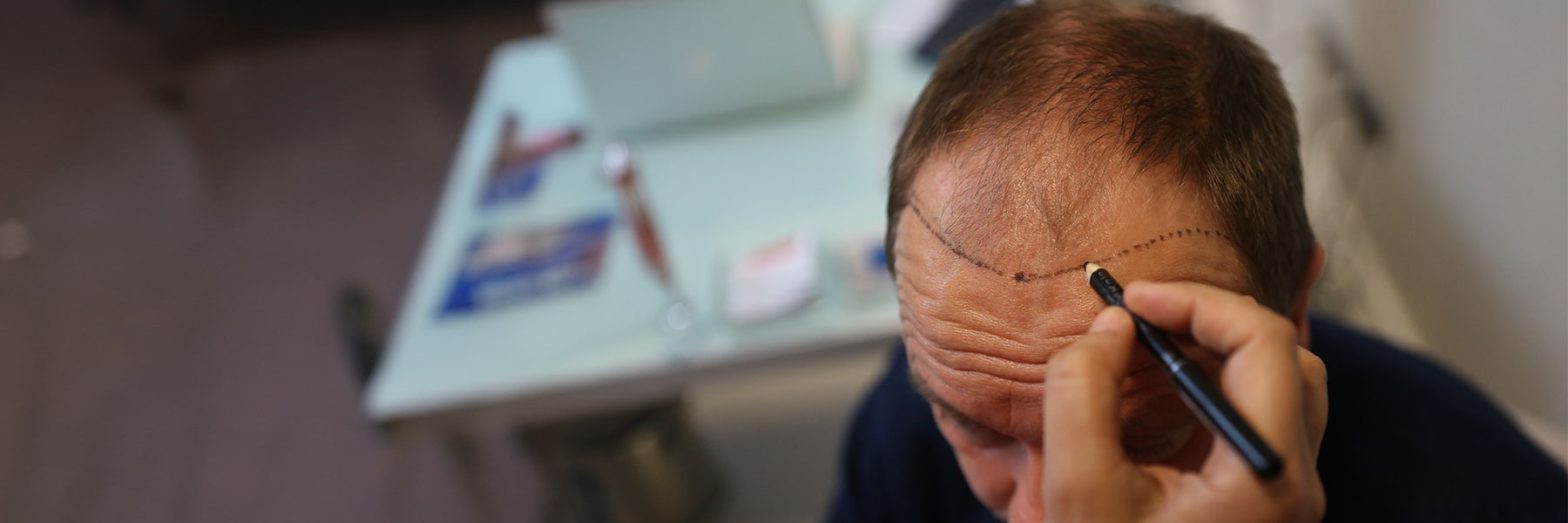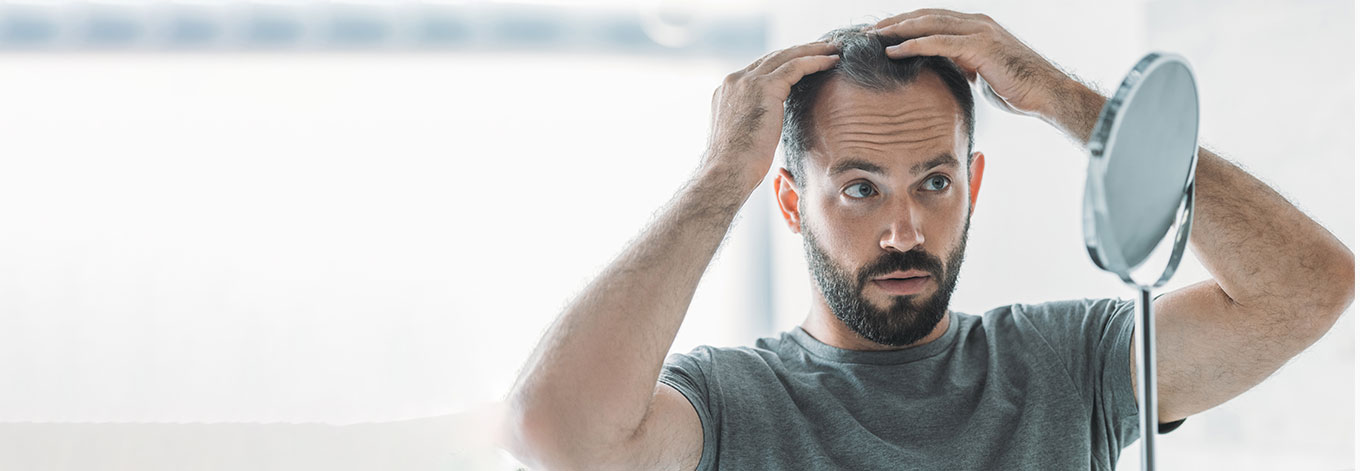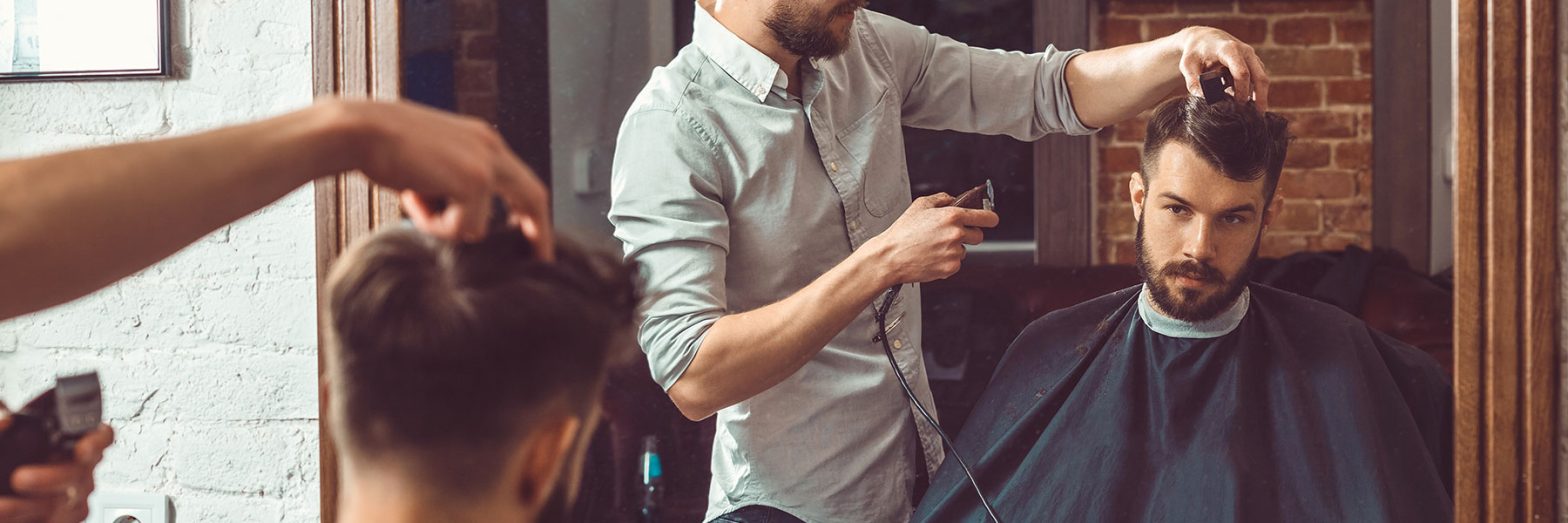Why do I need to see a Dermatologist before my Facial Hair Transplant?
HAIR LOSS & HAIR TRANSPLANTS
Can you imagine Charlie Chaplin’s face being as expressive and iconic without his gloriously bushy brows and mustache?
No, neither can we. It wouldn’t make him any less brilliant, but facial hair and the way we style it acts to frame our faces and give them a distinctive look.
We receive a lot of interest from people who are unhappy with the thinness of their eyebrows or the patchiness of their beards, but they’re often surprised when we tell them that their first port of call will have to be a Dermatology consultation.
Let’s first quickly look at what Eyebrow and Beard Hair Transplants entail and we’ll then tell you exactly why going for such a transplant, without seeing a Dermatologist, might result in a waste of your time and money.
What do Eyebrow and Beard Hair Transplants involve?
Just as with our usual Hair Transplant procedures, we use the Follicular Unit Extraction (FUE) method to take healthy hairs from populated donor areas and move them to facial areas that are lacking in hair.
We use very fine hair from the back/side of the head for beard, moustache or goatee transplants, and fine hairs from behind the ears for eyebrows.
In either case, the procedure is performed under local anaesthetic and involves barely any downtime.
What do Dermatologists have to do with Hair Transplants?
It seems strange, but around the world, it’s commonly recommended to visit a Dermatologist before a Facial Hair Transplant to establish a patient’s suitability for the procedure.
It’s logical – hair follicles reside in the skin, it makes sense that whatever affects it could affect the hair, not least because of the substances it can secrete.
There are some conditions that hide beneath the surface and require the expertise of a Dermatologist in order to be found out.
In some cases, Dermatologist will be able to spot irregularities directly, but most of the time they’ll take a skin biopsy and study hair samples under the microscope to identify them.
What’s hiding beneath the surface?
Alopecia Areata is an autoimmune condition that occurs when your immune system targets hair follicles and one in every 100 people is affected by it. At least 20% of cases are due to genetic predispositions, but the funny thing about it is that it can choose to affect only certain areas of your body and it’s not always easy to diagnose.
For instance, it might not affect your scalp at all, but will have an effect on your eyebrows and beard. In some cases it will affect the eyebrows and eyelashes only. Sometimes, it’ll just be the eyebrows. The point is that it can be very capricious and unpredictable, which is why it usually manifests in patches. For some people it only acts on their neck hairs, so it really does affect everybody differently.
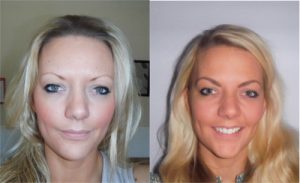
Even trickier, is Scarring Alopecia (Cicatricial Alopecia), which is in effect a group of disorders that act to destroy hair follicles to then replace them with scar tissue, causing permanent hair loss. All the action takes place under the skin and can’t usually be seen to the naked eye. Bare in mind, otherwise completely healthy people of all ages can suffer from it unknowingly.
Speaking of scarring, when there’s thick scarring to an area, it affects the blood supply to it, so there’s a risk factor that hairs may not grow. Sometimes it even kills hair follicles. With mild scarring the risk isn’t as strong, but if it’s bad scarring, then you’re playing a different ball game.
Whenever any scarring is found, we tell patients that there isn’t any guarantee that the hairs will grow. Most patients will not go ahead with the procedure because nobody can predict how much of the growth will be there since nobody can assess how deep the scarring is and how it affects the tissue underneath.
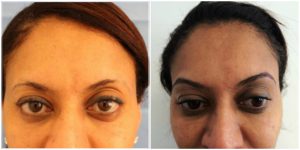
Finally, let’s not forget underlying deficiencies. Blood tests can reveal if a person is low on vitamin D or B12, for example, as they affect hair condition and growth, with low levels contributing to the thinning process.
Conclusion
You may at first be surprised when you’re asked to pay £200 for a consultation with a Dermatologist, but think of it this way: you chose to have the procedure done somewhere that doesn’t require you to see one, you go ahead with it but it isn’t successful. That’ll probably be because of one of the above-mentioned reasons. Your only result will be that you’ve managed to spend a whole lot of money for nothing and you’ll be far, far more out of pocket than if you’d gone to see a Dermatologist in the first place.
The Private Clinic
Our 35 years of experience have taught us that cooperation between fields is sometimes necessary in order to offer our patients the best results possible.
Our elite Hair Transplant Specialists work closely with our renowned Dermatologists to only offer you treatments that will be effective and worthwhile.
To find out more about our services, please call 03339209135 or use our online contact form.





